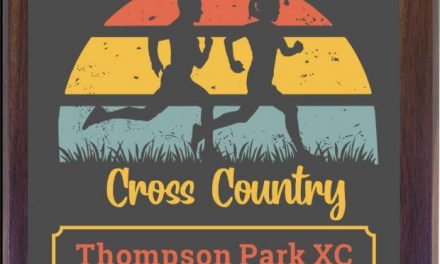Shin Splints. They can really burn and be painful. Are you wondering what a good treatment plan is for them? Have they haunted you in the past, and you want to know how to prevent them from coming back?
Running is a high impact sport. Every time your foot hits the ground it puts pressure on your whole leg. Muscles in your lower leg connect to the front of your shin. Shin splints happen when you get tiny muscle tears where your muscles connect to your shin.
If you have shin splints now, please analyze all the steps below to help stop this pain.
Your shoes shouldn’t be to old. Make sure your shoe the right type for your foot. Cross train (swim, bike) if you can. Run on softer ground like the course we have shown you for Captain’s Practices. Look at different wraps and treatments for your shins. Strengthen your shin muscles with exercises.
Prevention: (This is more important – work on NOT getting them)
- Make sure you have shoes that aren’t too old. If you have logged about 350 miles on your current pair, and you are starting to get some shin pain, get a new pair. Shoes can only take so much pounding before they wear out.
- Are you wearing the right pair of shoes for you? If you have flat arches, you might need arch support from your shoe to stop shin splints. Go to a shoe store that specializes in running and see what they recommend for you.
- Cross Train if you can. Running is a high impact sport, so try to lessen the punishment on your legs. Swim, bike, or try to run on softer ground like the trains.
- Run on softer ground. Running on hard pavement increases the amount of force put on your muscles and joints. If you can run on some trails, just do it. It is safer on the trails for you and your legs!
- Many of the track and cross country runners get their shins taped up almost every day. We have the luxury of a trainer – if you need this, see him. A wrap that keeps the shin warm and tight can divert the pounding on them.
- The most important thing to do for prevention is to strengthen your shin muscles. Do toe raises and toe taps. For the toe raises, stand up straight. Raise your toes off the ground slow, balance on your heals for one second and put your toes back down. Do this ten times.
- For toe taps, raise your toes quick and then tap them against the ground. Do this twenty times quickly.
- Another activity for those who still suffer from shin splints is the alphabet. You sit in a chair, put one leg over the other by your ankle. Then, spell the alphabet with your big toe. Do this with both feet.
Treatment of shin splints: If they really hurt, the best treatment is rest. Give your legs a break for a while if you can. If you are determined to keep running, then follow these steps.
- Warm them up before a good run. First jog or walk for around five minutes.
- Stretch out your lower leg good. That means calf stretches such as putting your toes up against a wall, keep your heal down and lean in towards the wall.
Another stretch involves leaning against the wall and putting one leg straight back, while bending the other to keep your balance. With the straight leg, keep your heal against the ground. Lean your hips in toward the wall and feel the stretch. Do this for both legs.
Finally repeat the same stretch above, but slightly bend the back leg. This helps stretch a different calf muscle called your soleus. Do this for both legs.
- Now you can run. When you are finished with your run, massage the shin muscle. This isn’t completely necessary, but it does help.
- Ice. A great way to ice is to grab a bag of frozen peas and slap it on your shin. You also could freeze water in a Styrofoam cup. Tear off some of the styrofoam so the ice is exposed. Rub this ice on your shin. Icing will reduce the swelling and aid in a quicker recovery.
- If the pain ever gets too bad, rest some. Talk to the coaches and trainer before doing so.
Summary: The most important way to end this, is to explain how important it is for you not do ignore what is given above for your information and wait until it is to late. Shin Splints can ruin a season for you.












